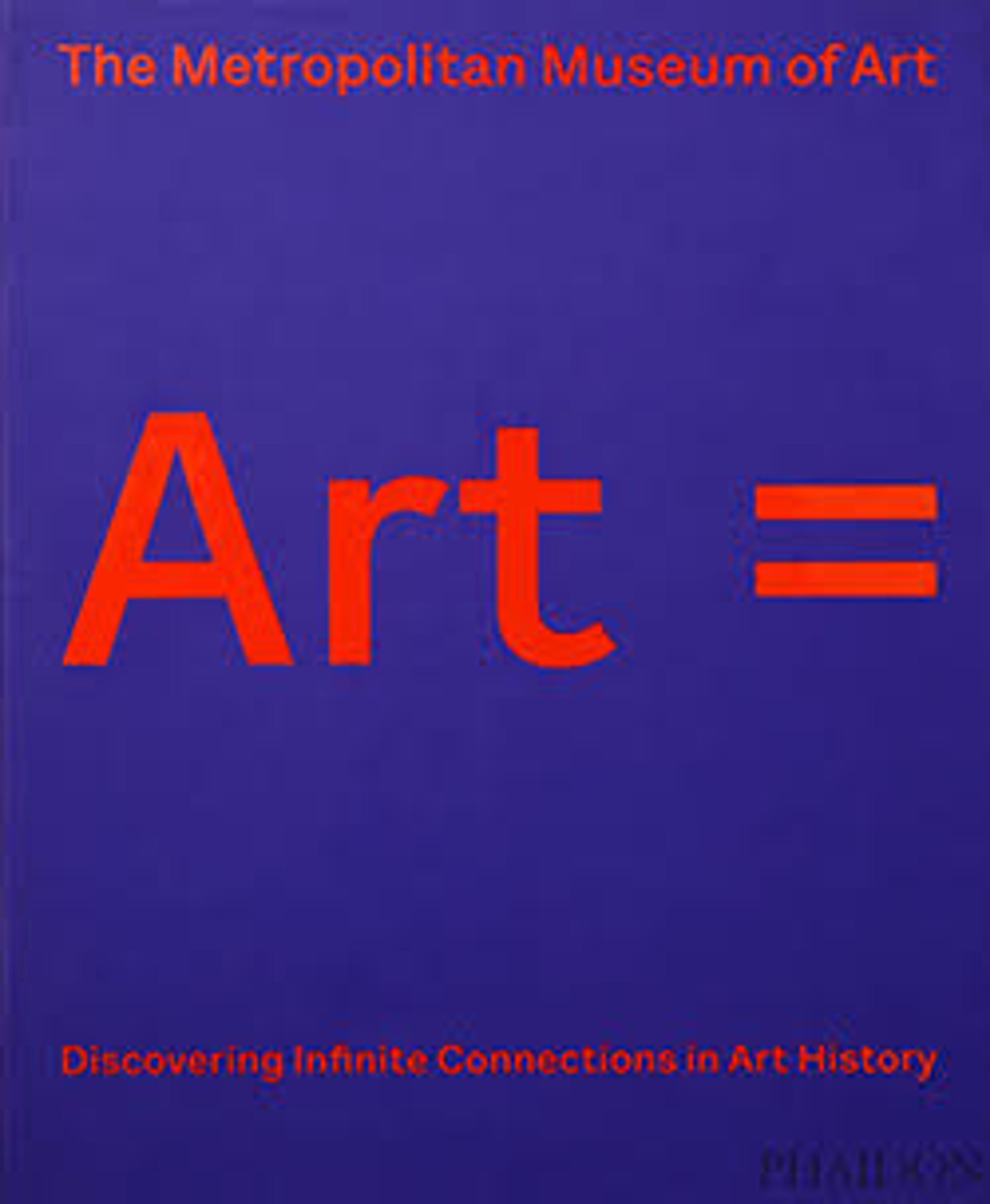English
Mihrab (Prayer Niche)
The most important element in any mosque is the mihrab, the niche that indicates the direction of Mecca, the Muslim holy pilgrimage site in Arabia, which Muslims face when praying. This example from the Madrasa Imami in Isfahan is composed of a mosaic of small glazed tiles fitted together to form various patterns and inscriptions. Qur'anic verses run from the bottom right to the bottom left of the outer frame; a second inscription with sayings of the Prophet, in Kufic script, borders the pointed arch of the niche; and a third inscription, in cursive, is set in a frame at the center of the niche. The result is one of the earliest and finest surviving examples of mosaic tile work.
Along the frame, a reference to the five pillars of Islam is written in kufic: "He [the Prophet], blessings and peace be upon him, said: “Islam is built on five attestations: there is no god but God and Muhammad is the Messenger of God, he established prayer and the giving of alms and the pilgrimage and fasting of [the month of] Ramadan."
Along the frame, a reference to the five pillars of Islam is written in kufic: "He [the Prophet], blessings and peace be upon him, said: “Islam is built on five attestations: there is no god but God and Muhammad is the Messenger of God, he established prayer and the giving of alms and the pilgrimage and fasting of [the month of] Ramadan."
Artwork Details
- Title: Mihrab (Prayer Niche)
- Date: dated 755 AH/1354–55 CE
- Geography: From Iran, Isfahan
- Medium: Mosaic of polychrome-glazed cut tiles on stonepaste body; set into mortar
- Dimensions: Mihrab
H. 135 1/16 in. (343.1 cm)
W. 113 11/16in. (288.7cm)
Wt. 4,500 lbs. (2041.2 kg)
Storage box:
W. 99 in. (251.5 cm)
D. 41 1/2 in. (105.4 cm) - Classification: Ceramics
- Credit Line: Harris Brisbane Dick Fund, 1939
- Object Number: 39.20
- Curatorial Department: Islamic Art
Audio
6774. Mihrab
0:00
0:00
We're sorry, the transcript for this audio track is not available at this time. Please email info@metmuseum.org to request a transcript for this track.
Listen to more about this artwork
More Artwork
Research Resources
The Met provides unparalleled resources for research and welcomes an international community of students and scholars. The Met's Open Access API is where creators and researchers can connect to the The Met collection. Open Access data and public domain images are available for unrestricted commercial and noncommercial use without permission or fee.
To request images under copyright and other restrictions, please use this Image Request form.
Feedback
We continue to research and examine historical and cultural context for objects in The Met collection. If you have comments or questions about this object record, please contact us using the form below. The Museum looks forward to receiving your comments.
